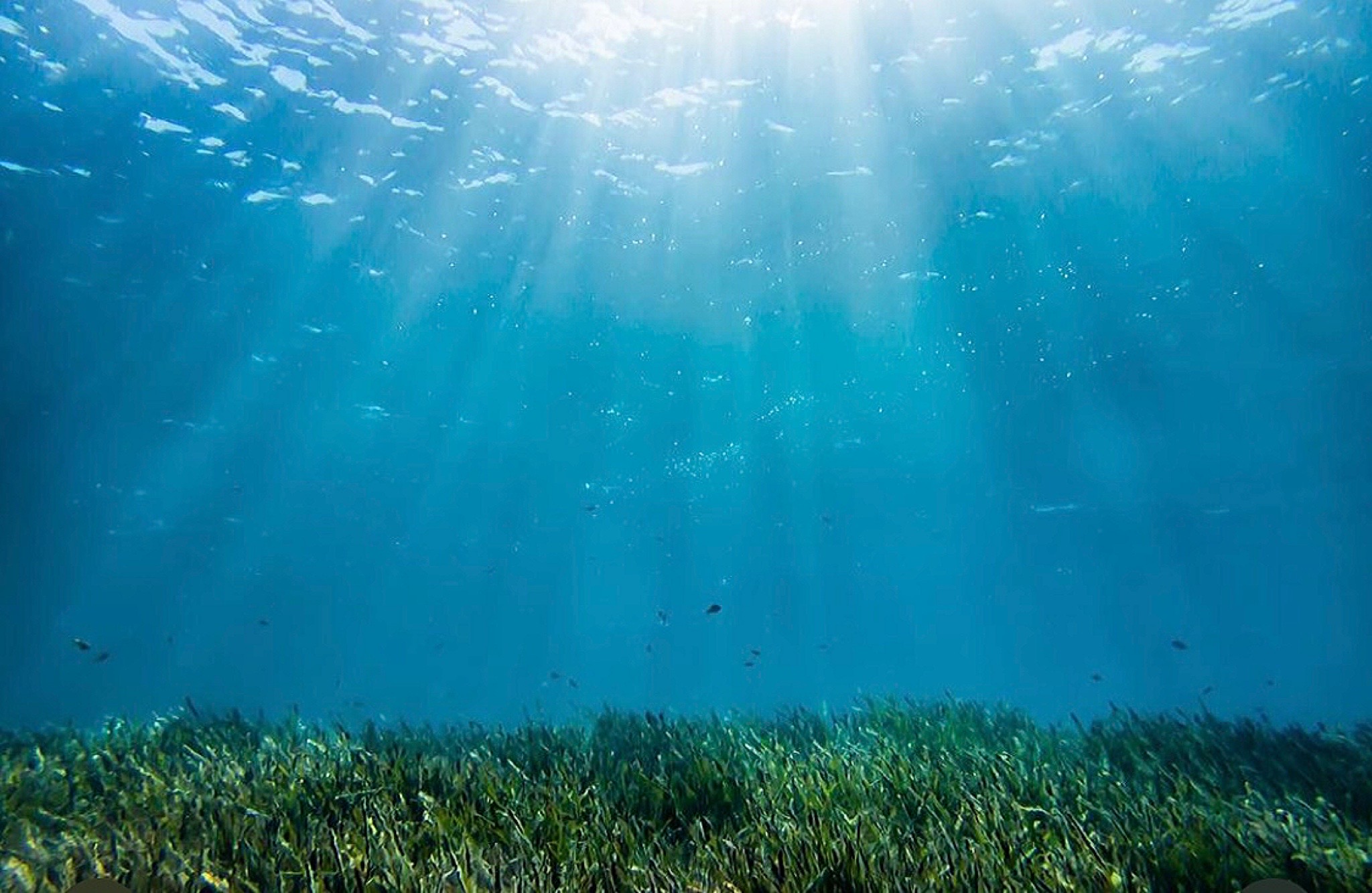

Is
The Scuba Diving
Enough to o explain everything?
Scuba diving or diving, we are all insensitive to this word, especially in the summer areas or places we go on
vacation, everyone has come across it at least once.
With its most basic definition, scuba diving is a nature and extereme sport that we crazy people who can not contain oneself for do to discover the underwater world and meet the creatures there, with certain equipment. Everything is correct up to this point but is this everything about?
Do we really have enough information about scuba diving? Or are we really conscious?
If you are all ready, we begin the briefing that must be done before every dive. Today we’re going to take a deep dive into the invisible part of the iceberg and we’ll explore the different types of scuba diving, the best places to go for these scuba diving types, and more… The maximum depth will be 28 meters, the average scuba diving will end on average 30 minutes, and the decompression stop is 5 mins, at 3 meters as usual.
Check your air tank gauge, tighten your mask and place the regulator in your mouth.
3, 2, 1… Down!
A discovery diving to history of diving
At the beginning of everything, there was no such term as scuba diving. Scuba is actually a
shortened word and its original meaning is Self Contained Underwater Breathing Apparatus. As
you can understand from the meaning of the term, this sport is basically based on equipment.
Therefore, the existence of this sport depends on the invented and developed equipment with
the developing technology.
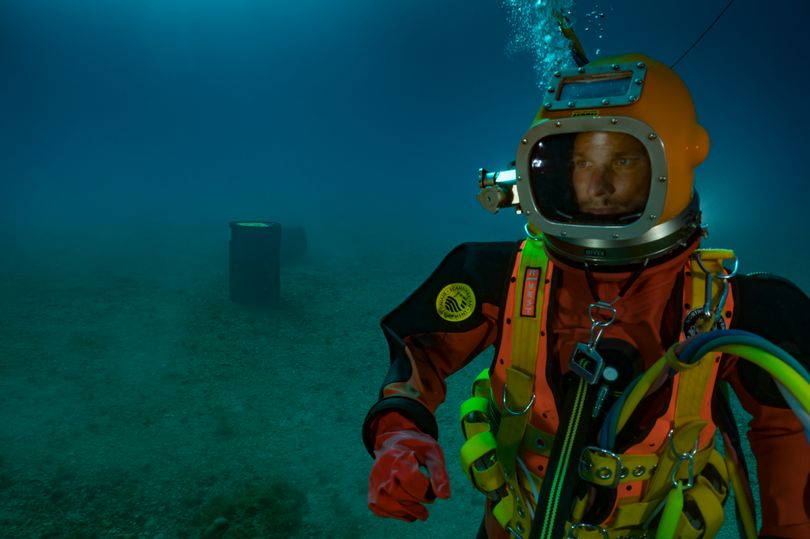
The first divings and equipment:
The first type of diving in the world is freediving. The diving which is used human lungs and vital air capacity without the need for specific equipment for. The first equipment diving was Surface-supplied diving, which the Charles and John Deane brothers created with their special equipment invented in 1820. But this was not a type of scuba diving either. Because divers wearing a like medieval outfit and helmet were breathing through a hose attached to them from the surface or from the ship. Therefore, their freedom under water was as long as the hose.
The invention of S.C.U.B.A. Diving :
In 1926, Yves le Prieur created the first SCUBA, or Independent Underwater Breathing Apparatus. He was inspired by earlier versions of scuba gear but knew that the tube stretching from the diver to the surface was an obstacle and a safety hazard. He created a new device consisting of compressed air in a cylinder and a simple pressure regulator. For the first time in history, humans were able to breathe underwater on their own. While you might not be able to stay under it for very long, the concept rose and gave engineers and scientists a template to work on for years to come.
Different types of
Scuba Diving
Night Diving
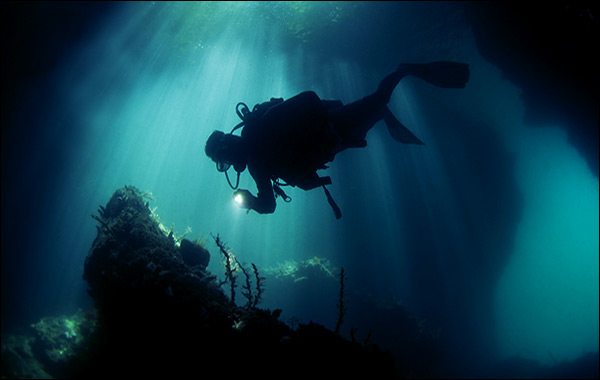
As you can understand, night diving is called diving at the night. Night diving makes this world even more mysterious, as darkness pervades a unique world whose depths are filled with different lives. Night diving brings with it a series of challenges and dangers that will test your wits and scuba diving skills. For example, we divers use special body language, hand signals and various warning devices to communicate underwater.
However, in this type of diving, specially designed flashlights are used underwater to be able to see around, and it is quite different from usual body language. In addition, there are very serious risks related to depth in diving, and the lack of communication and vision in night diving makes this type of diving more dangerous. Therefore, night diving is restricted to 14 meters by certain institutions and federations.
5 AMAZING
CREATURES
ARE COMMON
TO SEE
AT NİGHT
UNDERWATER
Say hello to this cool girl who is a unique Mediterranean Moray. I met with her in a coral diving is around15 meters at night. Although she looks super angry, she was super welcoming. Even she allowed me to record.
Datca, Mugla/Turkey
2019
I saw this amazing girl in another night dive. She accepted me at her door (her rock). She probably didn’t come out because she was shy, but he squeezed my hand! 🙂
Note: They are my favorite animals with their three brain, six leg and eight stomach.
Ayvalik, Turkey
2018
Deep Diving
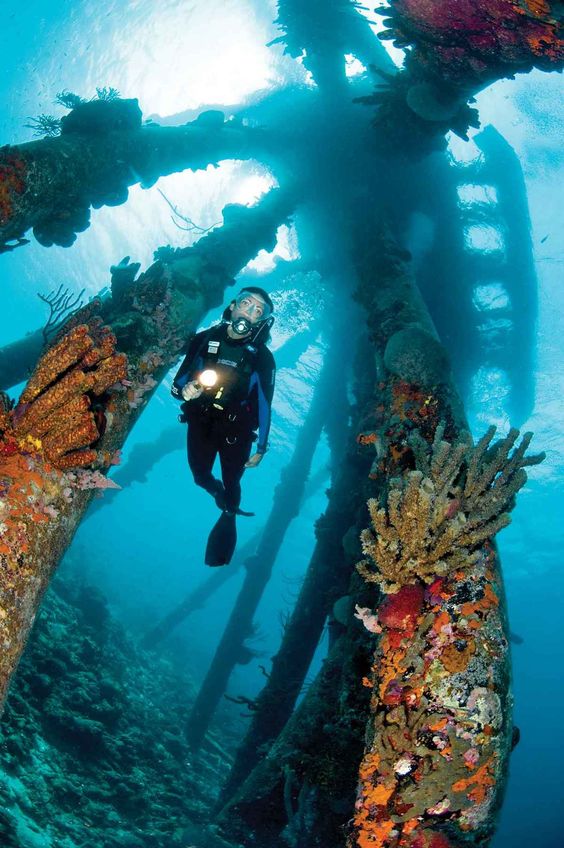
In the scuba diving literature, a standard dive is limited to 18m. Although diving has certain risks in every environment and at every depth, the most important and vital ones start after 18 meters. Also, a very most of these risks occur due to high water pressure on divers bodies. For example, each person is exposed to air pressure of only 1 atm at sealevel, but a diver at 30 meters feels 4 atm gross pressure (total pressure of water and air); so, 3 times more than normal.
For these reasons, deep diving is called diving deeper than 18m. While amateurs and novices can dive up to 18m. Only professionals and semi-professionals can start deep diving after special training. The legal limit of sportive diving around the world is 30 or 42 meters depending on the situation. The reason for
this is; Pressure during diving is the exposure of everything, not just the divers. For example, the
oxygen in the tube. Oxygen can have a toxic effect after a certain depth. Therefore, for divers who dive deeper than 30, the risk of oxygen poisoning may result in death.
A bristle worms field that I visited and recorded at 27 meters while deep diving in 2019.
Cunda Island, Ayvalik/Turkey
2019
Wreck Diving
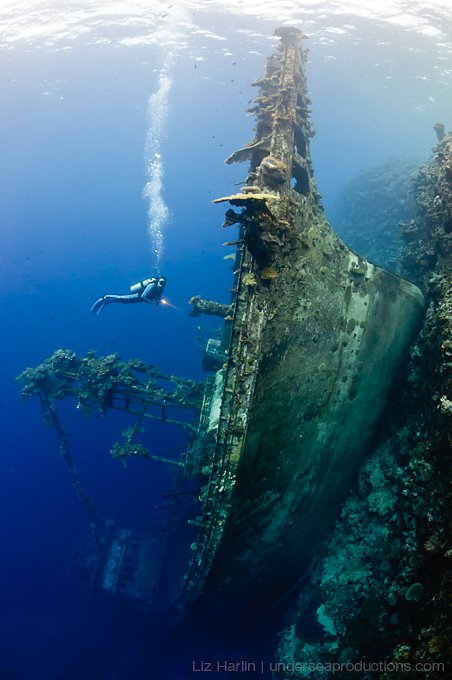
Wreck diving is a type of diving to explore artificial structures under water. Although these wrecks are usually ships, they can also be planes, cars, tanks and even cities. Wreck diving is a kind of journey in history. The reason is, each one has a story and there are eyewitnesses who have experienced that story. Since no one can touch it meters under the water, those shipwrecks are buried there with all their reality. only divers can truly understand that story and feel the emotions of the witnesses. Whether they were sunk intentionally or as a result of wartime hostilities or accidents, landing on a sunken wreck is always inspired.
As with most specific diving tobaccos, wreck diving has its own risks, hazards and training for 4 days. As a result of this training, divers learn to struggle with these difficulties, find solutions underwater, and dive into the wreck.
SOME
INTRESTING
WRECKS
AROUND
WORLD
This is a DAKOTA C 47 type cargo aircraft. After being used for the army and extreme athletes for years, it was sunk off the Aegean Sea. Currently, he is hosting the extreme athletes on the sea trail again.
Kas, Antalya/Turkey
2020
Open Ocean Diving

Open water diving is the diving that is carried out at a certain distance from the shore. For example, when you go to a diving school or a diving club of a hotel, all the preparations are made on land, and diving starts from the shore, that is, in shallow water, and slowly goes deep by following on the ground. In the open ocean diving, divers sail to open waters and the diving starts from middle of the ocean. Also, there is no natural visual reference for depth because when divers look at the down they can not see anything but only a huge blue space.
The divers begin to fall from the surface to a certain depth in that blue void, when they come to the reef they want to travel between 20-40 meters, they circle around it and go up again. Another thing to remember is that time is very limited because air is consumed faster and more than normal due to both the pressure at depth and the high adrenaline level.
Cave Diving
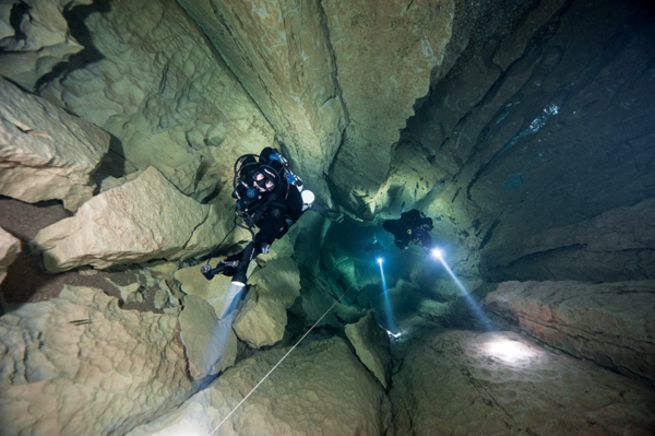
Cave diving is the study of caves and underground waters or underwater and underwater caves. In order to cave diving, it is necessary to have a special course on this field because the risks and adverse conditions are higher than other diving types. Ornegin, We divers should never back too fast to the surface from deep point; because the result can be fatal. However, in some cases, especially when the air level in the tube decreases, we may have to exit a little faster than normal.
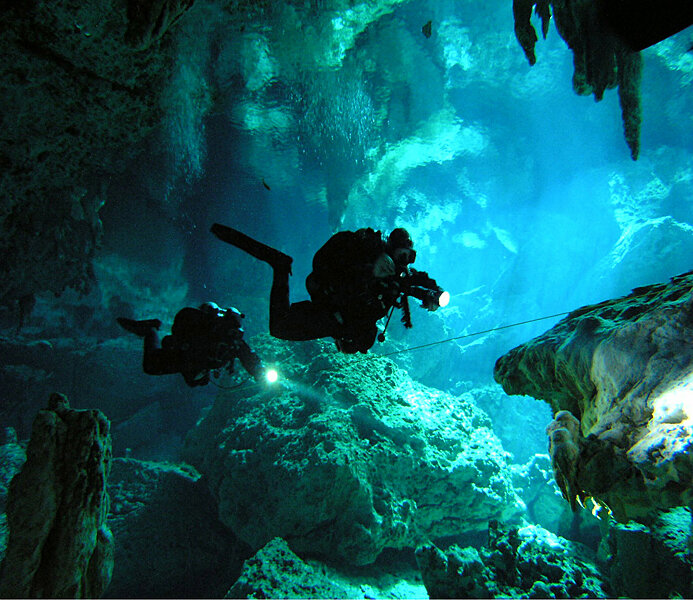
However, since the caves are covered, there is no area to exit at the point you are above. So the only way is to go back to the entrance of the cave, and this process, the further you progress in the cave, the longer it takes. For this reason, the return process should be started before the air decreases. During dives, dust and sediments inside the cave cause the water to become cloudy and the vision to be lost. In such a case, divers cannot see even in strong light. For this reason, the guide rope should definitely be used during dives. The roller guide rope is attached to a solid and stable place at the entrance of the cave. When exiting, the way out is found by following that rope. When the divers in cave, the only connection of them with life is this guide rope.

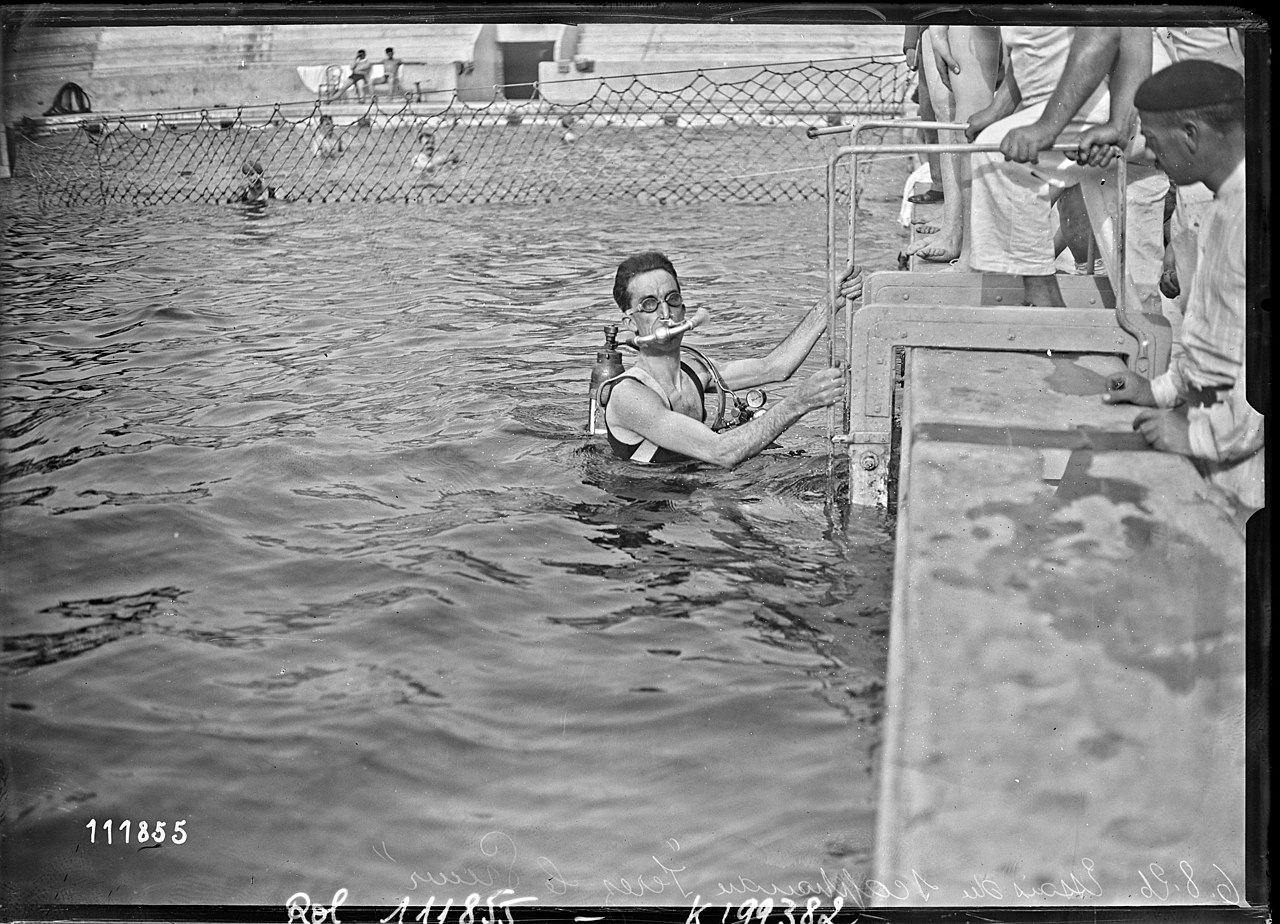
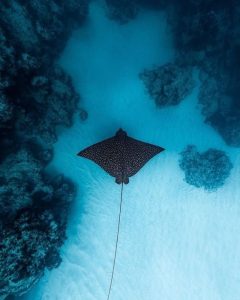
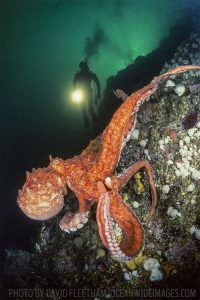
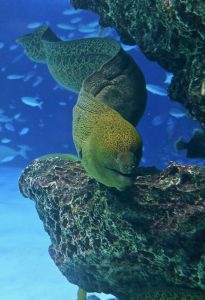


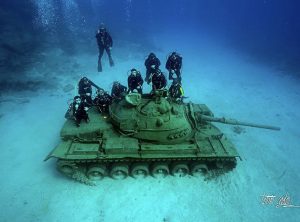
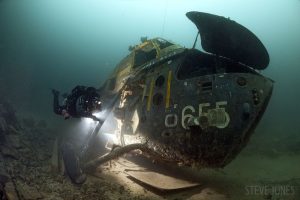
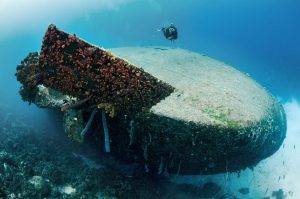
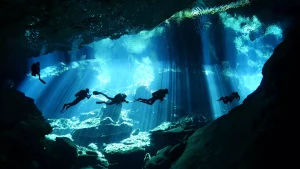
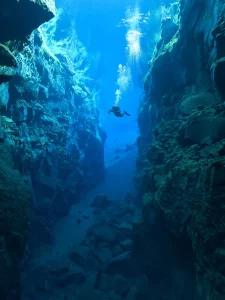
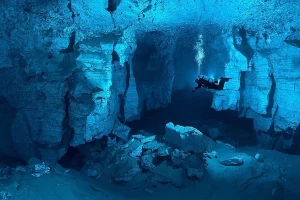



Very Informative
A very descriptive and interesting reading. Love all the images. Thank you for sharing
Very fun to read, looking forward to read more 🤝
Fantastic topic Jan, I’m a scuba diver too and enjoyed very much reading it
Amazing work bro
Very interesting! Thanks for sharing
This is so cool!! My favourite blog yet, I couldn’t get enough. These photos are glorious and I love the animals 🙂 And the cave in Russia is sick!
Thank you for sharing this wonderful world with us.
Very wonderful, great. Good job 👍
Great!
Great work, fantastic images!! 😍
Amazing pics and videos are gathered together on a same page. Congratz!
WOW!!! it has been such a fascinating experience to look around this amazing blog, thanks to you who brings our homes this experience <3
I need experience like this. I liked the content and the photos are incredible.
Thank youu so muchh 👏👏
Amazing and inspiring 🙏🏼
I loved it! <3
Amazing pics 😍
Wow this blog is an answer to all of the questions about diving.
Wow! Great work 👏🏻
great!!
on point information and amazing pics 😍
Good job !! I really enjoyed it.. 👍👍
Great job👏
Fantastic topic nice photos can’t wait for new topic.
Thank you for this inspiring blog to dive. I want to go and try it as soon as possible and I can’t wait for it. Do you have an advice for a diving course center in Turkey to visit?
Amazing work mate… Thank you for your effort and all the info you shared with us!
Very nice, I didn’t realize how the time passed while I was in your website
So well writen. Welk done, loved it!